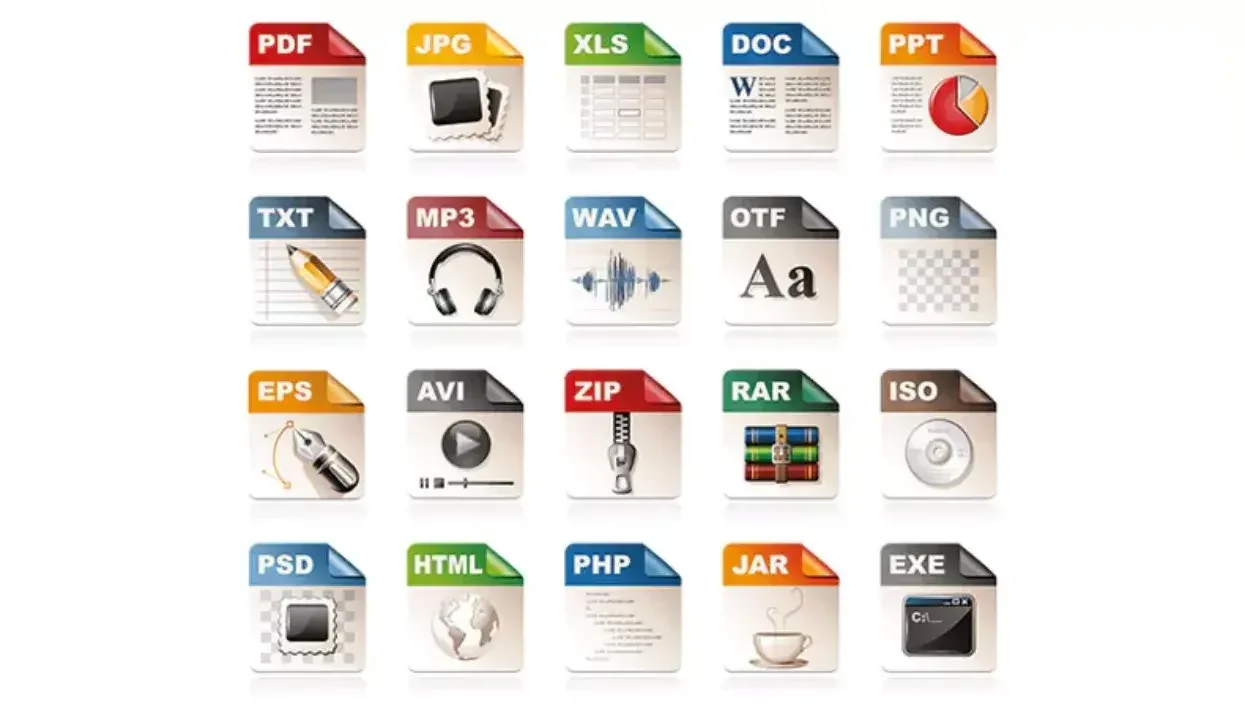Colour Management
Software
Press-ready files – who is responsible
Author
FESPA Staff
Published Date
26/04/2021
Become a FESPA Member
to Continue Reading
